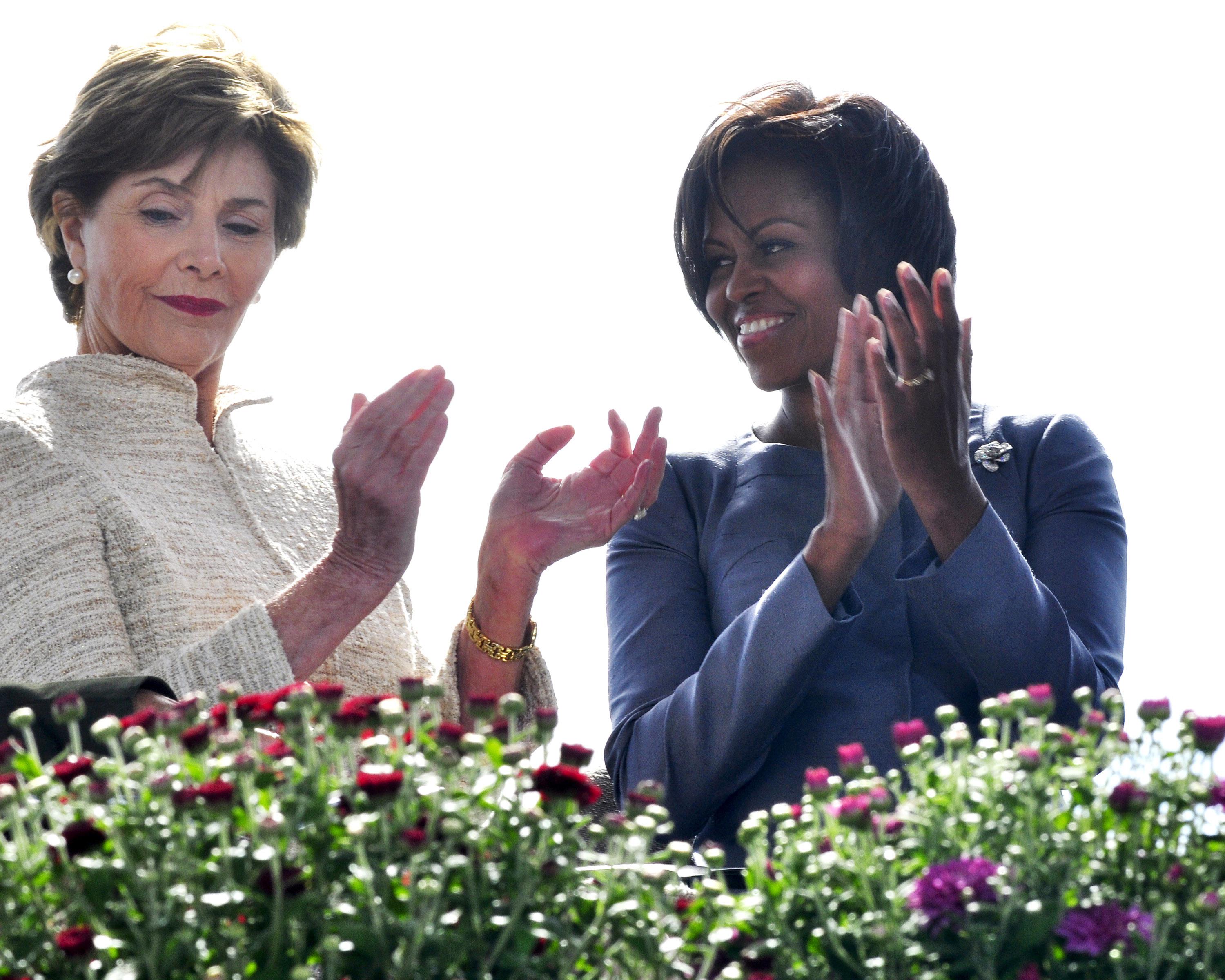Ann Beattie’s new book, Mrs. Nixon, out today, is subtitled “A Novelist Imagines a Life.” It’s about Pat Nixon, the former First Lady, and prompted New York Magazine to name—but not otherwise elaborate upon—“a fraught subgenre”: First Lady fiction.
There’s Curtis Sittenfeld’s American Wife, of course, which came out three years ago and portrayed a woman much like Laura Bush. But there are many, many more: Mary Todd Lincoln, Martha Washington, and Rachel Jackson have received the fictional treatment multiple times. So has Jackie Kennedy, obviously. Teddy Roosevelt’s two wives shared a novel, and Eleanor Roosevelt is the titular hero of an entire mystery series. Most remarkably, Eleanor is not alone: Abigail Adams also solves crimes on a regular basis.
While the style and tone of these books seems to vary a great deal, I detect a disappointing pattern: Each of those women was married to one of our most famous presidents. Surely there are First Ladies who wed less world-historically important men and yet possessed equal or superior potential as fictional characters?
Betty Boyd Caroli thinks so. Caroli is the author of First Ladies, first published in 1987 and expanded three times, including just last year. Caroli, a historian, was not interested in the subject when Oxford University Press approached her about the book, but she soon became fascinated by her many subjects. Which First Lady would she most like to see at the center of a novel?
Louisa Adams. Caroli sees Louisa, often overshadowed by her mother-in-law, Abigail, as a “tragic sort of character,” one full of “self-awareness.” Louisa wrote multiple autobiographical volumes, including one titled Adventures of a Nobody. Caroli pointed me to Michael O’Brien’s Mrs. Adams in Winter, a recent nonfiction account of her perilous journey from St. Petersburg to Paris in 1815. Born in London and raised partly in France, Louisa had left two sons behind in Massachusetts to join her husband, John Quincy Adams, in Russia, where he was the U.S. Ambassador. In 1811, she had a daughter there, named Louisa, who died in 1812. Those sons she left back home? George Washington Adams died of an apparent suicide at age 28, and John, Jr., was kicked out of Harvard and dead by 31. Louisa lived to be 77 years old.
Among 20th-century First Ladies, Caroli had another unlikely preference: Lou Hoover. Lou, Caroli told me, was probably smarter than her husband, Herbert, whom she met while studying geology at Stanford. They married a few years later and moved to China, where Herbert worked for a mining company and Lou learned Mandarin. She and her husband later translated De Re Metallica, by Georgius Agricola, from the Latin (their version is still in use; here’s the Kindle edition). Caroli said she does not often cry while reading letters, but one letter that Lou—about to depart from New York for London at the height of World War I and afraid she might not survive the dangerous trip—wrote to her son Herbert, age 11, whom she was leaving behind in the United States, moved her to tears.
I asked Caroli about Edith Bolling Galt Wilson, who’s been called “the first woman to run the country,” but her she found less interesting—Edith’s power has been overstated, she said. A more intriguing character might be Frances Folsom Cleveland, who was, at 21 years old, the youngest First Lady in the country’s history. Frances (originally named Frank) married Grover when he was not only the president, but also the executor of her father’s estate, and thus legally charged with her upbringing. Later, Frances was “quite clever,” Caroli said, in helping to keep secret the surgery her husband had at the beginning of his second term to remove a possibly malignant tumor.
Ultimately, Caroli said, there are probably as many good novels about First Ladies to be written as there have been First Ladies.
